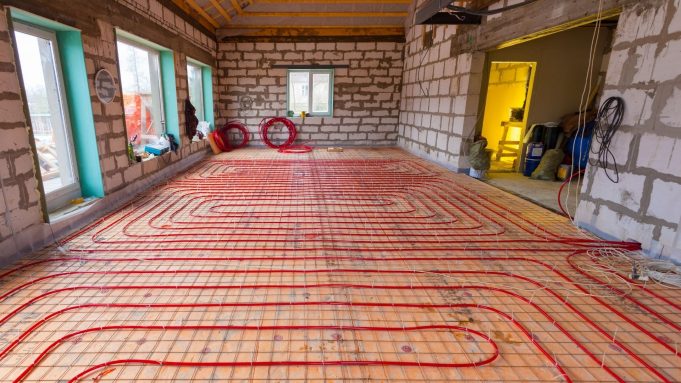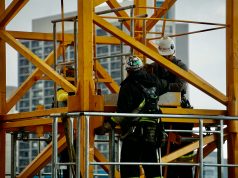In March 2019, then-Chancellor of the Exchequer Philip Hammond announced that gas boiler systems would no longer be installed in new-build properties from 2025. The idea behind the move is to help the UK bring all greenhouse gas emissions to net zero by 2050.
The government’s announcement was largely welcomed by environmental groups, although some have suggested the plans do not go far enough to tackle the issue of climate change. And from the construction industry’s perspective, it has been argued that alternative heating solutions can prove costly and in some cases less effective.
“New technologies are increasingly being incorporated that drive down emissions and we are committed to continuing to work with government on this … [however] it must be ensured that alternative heat sources are suitably attractive, available and efficient before withdrawing existing options,” said a spokesperson for the Home Builders Federation in quotes reported by the Guardian.
The changes are set to be gradual, with the installation of traditional systems and associated boiler cover products still favoured by many up and down the country, but what are the some of the technologies being pioneered that could shape the future of our heating systems?
Underfloor and wall heating
It has been argued in the past that some underfloor heating solutions are expensive and complicated to install, not to mention the disruption they can cause as well as the difficulties that can arise when attempting to fix any problems that occur.
However, some firms are coming up with new methods of installing underfloor heating, which involve the laying of conductive copper strips and the application of conductive and magnetically dielectric paint before connecting the strips. A similar system can be used in wall heating, and issues can be fixed via a simple re-painting process. This type of solution can be powered by solar panels, which further reduce a home’s carbon emissions.
District heating
This solution is typically suited to communal living areas such as high-rise apartment blocks. Rather than each property being served by an individual boiler, the heat is distributed from one centralised boiler to each home via a number of heat interface units.
It is thought that district heating will experience a rise in demand once the ban on gas boilers is introduced, as the only other viable option for large apartment buildings will be to install electric boilers in each property, which can place a major strain on the national grid.
Heat pumps
These essentially do the same job as a boiler, but they do so in a very different way. The pump extracts latent heat from the air, ground or natural bodies of water and heats an element which transfers it to a coolant. The coolant is compressed until it reaches a temperature by which it can heat water for the home.
They only require a small amount of electricity to operate, and they can extract heat from natural sources even in very cold temperatures. They are more efficient than boilers and tend to have a longer lifespan, but as a result are often much more expensive to install.














